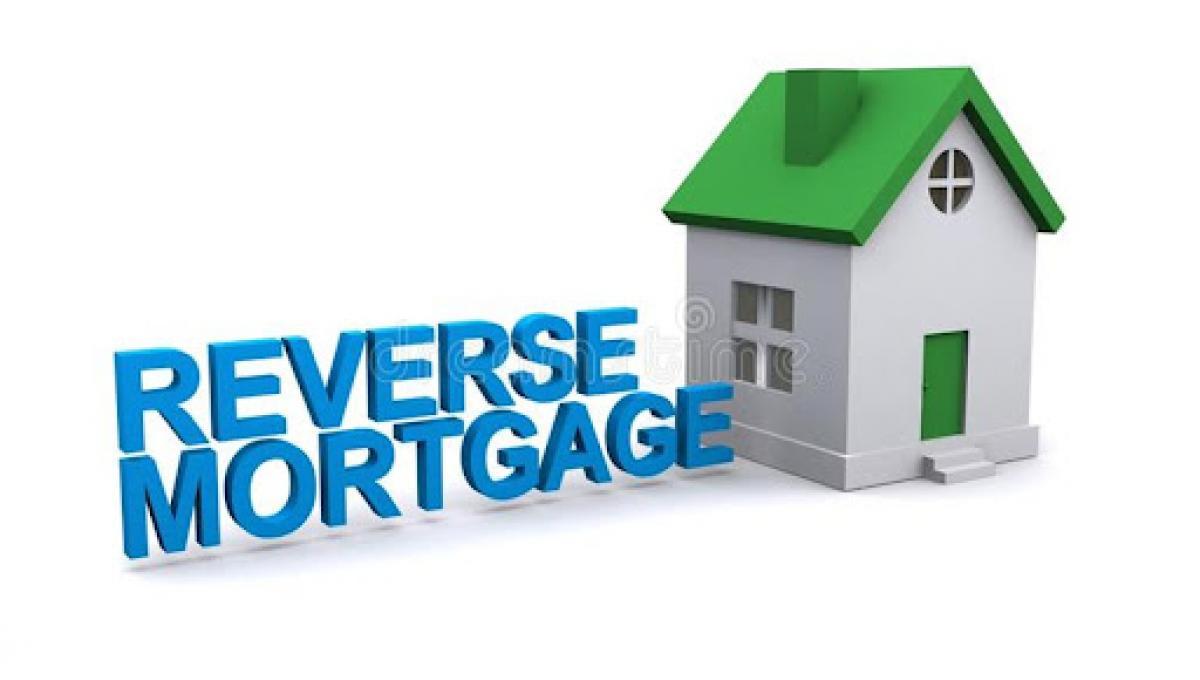If you’re thinking of getting an adjustable-rate mortgage, you'll also need to choose a term. The 5-year ARM, also called a 5/6 ARM, and 10-year ARM, also known as the 10/6 ARM, are among the most common types of adjustable-rate mortgages.
Adjustable-rate mortgages have interest rates that adjust every six months after an initial fixed-rate period. The fixed-rate period often comes with a low introductory or teaser interest rate. After that period ends, adjustments can increase monthly mortgage costs. ARMs are usually best for home buyers who expect to refinance their mortgage or sell their home before the initial fixed interest rate expires — for example, after five years with a 5-year ARM and 10 years with a 10-year ARM.
» MORE: Compare ARMs to fixed-rate mortgages
What's the difference between 5-year and 10-year ARMs?
Both 5-year and 10-year adjustable-rate mortgages are hybrid mortgages, because they have a fixed rate for the first part of the loan and an adjustable rate for the period following. Thirty years is a common term for either 5- or 10-year ARMs.
With a 5-year ARM, you would get a five-year introductory period at a fixed rate followed by 25 years with an adjustable rate (assuming, of course, you keep the loan for its entire term — few people do, but it's still how the loans are set up). A 10-year ARM gives you a decade at a fixed rate, then 20 years of adjustments.
During the adjustable part of the loan, both 5- and 10-year ARMs will adjust every six months. Adjustable mortgage rates used to reset annually, but since lenders switched to a new index called SOFR, the changes have become more frequent.
5-year vs. 10-year ARM rates
For many homebuyers, the allure of an adjustable rate mortgage comes from its introductory rate during the fixed period. These are sometimes referred to as teaser rates, because they can be significantly lower than fixed mortgage interest rates.
Different types of ARMs will have higher or lower introductory rates. Generally, the shorter the fixed-rate period on an ARM, the lower the introductory rate. If you're comparing 5-year ARMs with 10-year ARMs, the 5-years probably will offer lower intro rates — but remember, you'll be getting that extra-low interest rate for the first five years only.
When you're comparing adjustable rate mortgages, it's also important to look at the caps. These let you know how high your interest rate could adjust at different points in the loan's term. They're usually expressed as a set of three numbers, like 2/1/5, and they work the same way for both 5- and 10-year ARMs.
Initial cap. The first number (here, 2) is how much the interest rate can change when the fixed-rate period ends and the loan adjusts for the first time. Say during the fixed period your interest rate was 3.5% — with 2/1/5 as your caps, the initial adjustment can't be more than 5.5% (two percentage points higher than your original rate).
Subsequent cap. Also known as the periodic cap, the second number (here a 1) shows how much the interest rate can change every six months when the loan adjusts. If you're at 5.5% and you've got a subsequent cap of one percentage point, the highest your rate can go in a single adjustment would be 6.5%.
Lifetime cap. The third number (5, in our example) is the ceiling for the maximum your loan can go above your initial fixed rate. Continuing the example, with a fixed rate of 3.5% and a lifetime cap of five percentage points, your highest possible interest rate during the loan's adjustable period is 8.5%.
Should you plan to stick with your ARM after the fixed period ends, it's important to be confident that you can make those larger payments. When you're comparing ARMs, ask the lender to give you real numbers for what your monthly mortgage payments could be when you hit the initial or lifetime caps.
That said, ARM rates move with the market, so your adjustments won't necessarily always be the maximum. And when mortgage interest rates are falling, the rate on your ARM will adjust downward.
» MORE: See today’s 5-year ARM mortgage rates and 10-year ARM rates
5-year ARM vs. 10-year ARM considerations
Choosing a 5-year ARM versus a 10-year ARM is mostly about timing. To select the right loan, you’ll need to make some predictions about the next five to 10 years of your life.
-
Will you change careers or relocate for a job?
-
Think you'll get married or start a family?
-
Could you come into some money from an inheritance or a settlement?
The way you answer these and similar questions can help you determine if an adjustable-rate mortgage is appropriate and, if so, at what term.
If you plan to start a business, for example, a 5-year ARM might not be ideal. Your income could be unpredictable for a while, making it hard to handle a bigger mortgage payment if your rate increases after five years. In this case, a 10-year ARM or fixed-rate mortgage might be better.
But if you just got married and plan to wait a few years before having children, a 5-year ARM might be a good idea. You could take advantage of a lower rate and smaller monthly payments for the first few years, then sell and upgrade to a bigger home before the introductory rate expires and your family expands.





